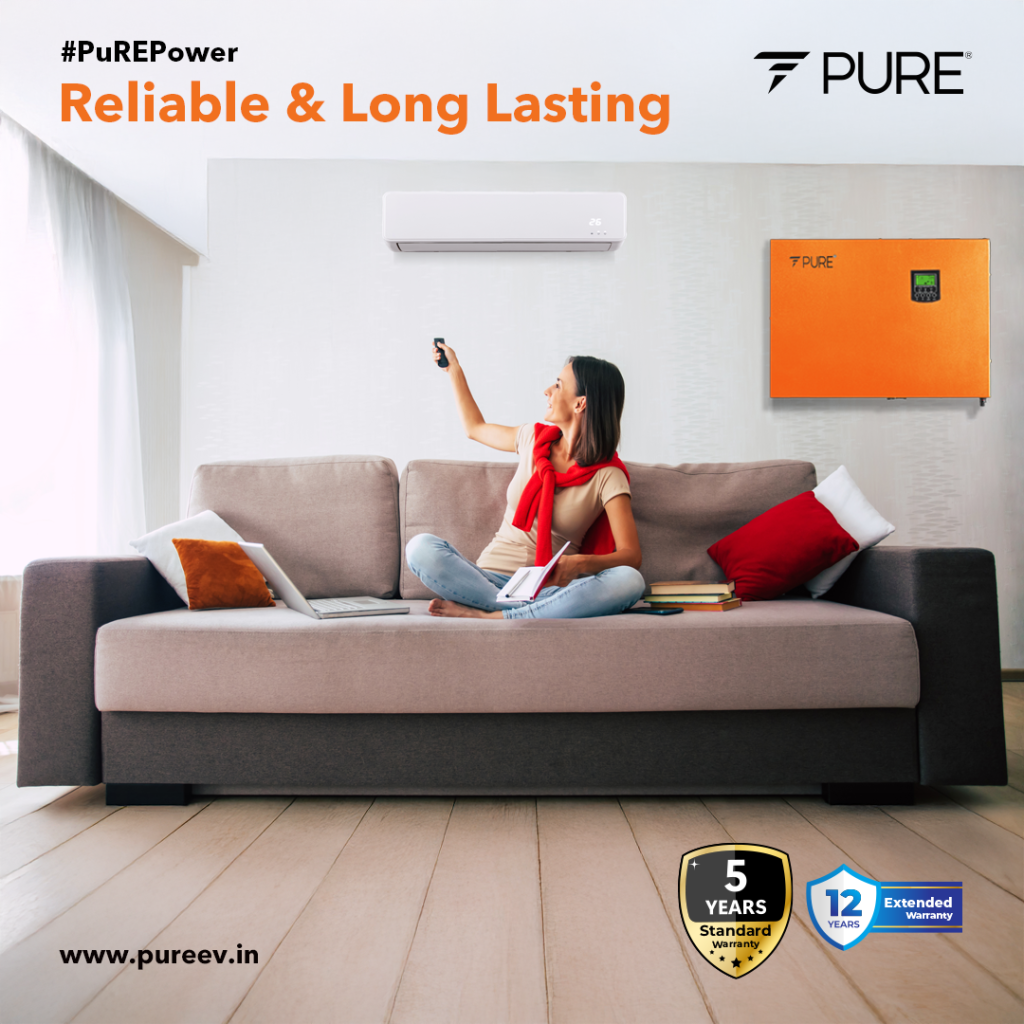Blackouts in India are like monsoon gossip — they happen, sometimes randomly, and they always find a way to ruin dinner. If you want something that will actually save your day (or your freezer, or your client meeting), here’s how to think about it without getting tricked by marketing brochures that promise the moon.
Start with what you actually need, not what sounds cool
The first mistake people make is buying a system to “prepare for any emergency” without listing the basics. That’s like buying a Swiss Army knife and then wondering why you still need a spoon. Make a small list: lights, fan, phone, router, maybe a fridge and a laptop. That’s your survival kit.
If you want to go all-in and run ACs and geysers, you need a different budget and a different setup. And speaking of setups, check out real sellers for product options: Power Backup solutions india.
Quick guide to the options (in human language)
- Inverter + Battery: The everyday option. Good for apartments and short outages. Quiet. No fumes.
- UPS: Like a guardian angel for electronics — instant switch, clean power. Essential for home offices.
- Generator: The old-school brute. Loud, expensive to run, but it won’t quit if a cyclone takes down everything.
- Solar + Battery (Hybrid): The future-ish choice. Upfront cost is higher but operating costs are lower and you get energy independence.
Want specifics? I poked around product lists and setups here: Power Backup solutions india.
Batteries: the small print everyone skips
Everyone wants a long runtime but forgets battery chemistry. Quick truth: lead-acid is cheap, lithium costs more but lasts longer. LiFePO4 batteries are increasingly popular — more cycles, safer thermal behavior — but watch out for cheap imports. Social feeds are full of folks hyping “lithium forever”, but the reality is balance: buy a reputable brand and service network.
Niche stat: many tubular lead-acid batteries sold in India promise 600–1000 cycles; decent lithium systems offer 2000–5000 cycles. That’s a real difference if you plan to use the system daily.
Placement and temperature — the silent killers
Batteries hate heat. If you put your battery on a sun-soaked balcony, expect reduced life. Also, keep batteries off dusty floors, clean terminals, and ensure ventilation. This is boring but it saves money long-term.
Sizing without a PhD
Three steps and you’re done:
- Pick essentials and note wattages (fridge, fan, LED bulbs, router).
- Multiply watts by hours you want it to run.
- Convert to battery capacity (Wh) and then to Ah based on system voltage.
If that seems like math, think of it as packing a lunch: how many sandwiches do you need to not starve until dinner? Same idea. If you want, tell me your appliance list and I’ll do the numbers for you.
Real user stuff — what people actually complain about online
Scroll any Indian tech forum or WhatsApp group and you’ll see the same complaints: batteries dying faster than expected, generators refusing to start when needed, lack of good local service, and shady ads promising “lifetime” batteries. The common fixes: choose established brands, confirm local service centers, and read real user reviews beyond the glowy testimonials.
Pro tip from social chatter: hybrid inverters that support solar are trending because people want a future-proof setup. If you’re building something now, getting a hybrid-ready inverter makes adding solar later a lot easier.
Maintenance — small effort, big rewards
- Run gensets monthly (yes, annoying) so fuel lines stay healthy.
- For non-sealed batteries, check water levels.
- Keep firmware updated on smart inverters — they sometimes improve performance.
- Schedule service annually.
Small effort, huge payoff. I ignored this once and paid for a new battery sooner than expected. Learn from my laziness.
Budget considerations — what to expect
You’ll see a wide price range. Cheap systems exist, but they often come with compromises. If your goal is peace of mind, budget more for battery quality and a reliable inverter. If you want to cut cost, start with an inverter + tubular battery for essentials and plan to upgrade later.
And yes, you can compare models and prices and save time by visiting a product listing: Power Backup solutions india.
A tiny story that’s oddly relevant
Once during a city-wide outage I used my neighbor’s genset to power a small heater because her baby was shivering. It worked, but the noise made the baby laugh nervously — like, is this a concert or a solution? The point: practical backup can be a community thing. If your area has frequent blackouts, consider coordinating with neighbors — bigger systems can be shared, and fuel costs split. Not glamorous, but helpful.
Final checklist before you swipe your card
- List must-run appliances and hours.
- Pick battery chemistry based on budget and maintenance willingness.
- Prefer hybrid-capable inverters if you might add solar.
- Confirm local service availability.
- Avoid bargains without warranties or local support.
If you want another version with different tone or a sizing example for your exact appliances, tell me what you need powered and for how long — I’ll do the math and recommend a realistic setup (and maybe share another embarrassing anecdote).

